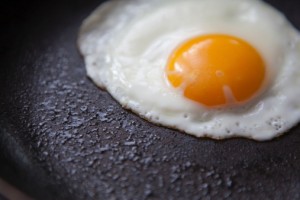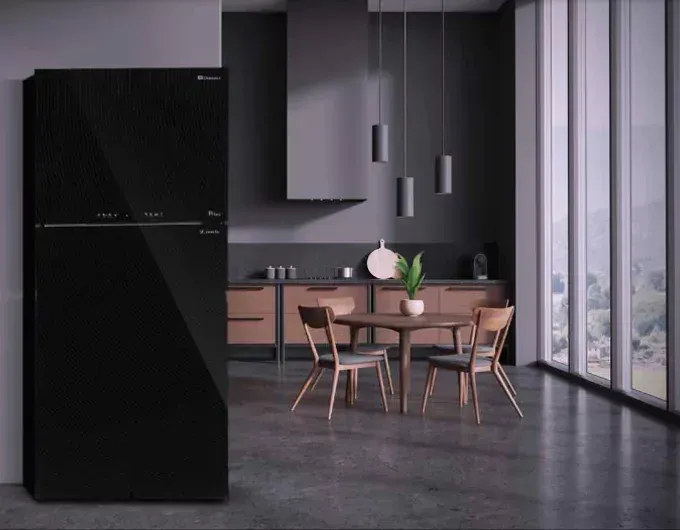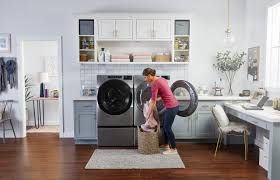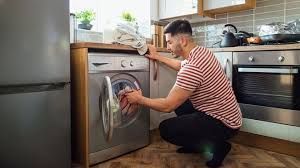How Kitchen Appliances Cook Food
Learn about the science behind conduction, convection, and radiation cooking.
 You might not ever think about it, but cooking a meal is actually a very scientific process involving chemistry and physics. For example, when you cook an egg, a chemical change occurs causing the egg to change state from a liquid to a solid. Depending on what cooking appliance you use to prepare that egg, different principles of thermodynamics (the physics of heat transfer) will come into play. Here are the 4 main types of heat transfer your kitchen appliances can use.
You might not ever think about it, but cooking a meal is actually a very scientific process involving chemistry and physics. For example, when you cook an egg, a chemical change occurs causing the egg to change state from a liquid to a solid. Depending on what cooking appliance you use to prepare that egg, different principles of thermodynamics (the physics of heat transfer) will come into play. Here are the 4 main types of heat transfer your kitchen appliances can use.
Conduction
Cooking food by direct contact with a heated surface is called conduction. Frying that egg in a skillet on your cooktop would be a perfect example—the parts of the egg in direct contact with the metal pan cook first. Even if you don’t flip the egg, the heat will continue to transfer from the bottom of the egg to the top, eventually cooking the whole thing.
Induction
You may have heard of an appliance called an induction cooktop. This kind of cooktop also allows you to cook food in a pot or skillet by conduction or direct contact. The difference is how the cookware is heated. Rather than being heated up by radiant energy from a gas or electric burner, on an induction cooktop the cookware gets hot because the molecules in the metal have become excited by the electromagnetic energy released by the burners.
Convection
Convection cooking involves heating food by contact with a liquid or with air. All ovens use convection cooking, which is why when you bake a loaf of bread it browns from all sides, not just from the sides touching the pan. Some ovens are marketed as “convection ovens,” which means they have an extra heating element and an extra fan to help move air around inside the oven and make the convection cooking process more efficient.
Radiation
Your microwave oven cooks food using radio waves, which are a very weak form of radiation. These radio waves cause the molecules inside the food to spin, which generates friction and heat. It is this heat that actually cooks the food, starting from the inside out.
Are Your Appliances Cooking Food Properly?
Sometimes kitchen appliances don’t work quite like they should. You may find that the burners on your cooktop aren’t getting hot enough or your oven is burning everything you put in it to a crisp. Fortunately, you can turn to Authorized Appliance Repair to solve these kinds of problems. Call (833) 220-1666 now to request fast kitchen appliance repair for your malfunctioning cooktop or oven and we’ll send a skilled tech out ASAP.




